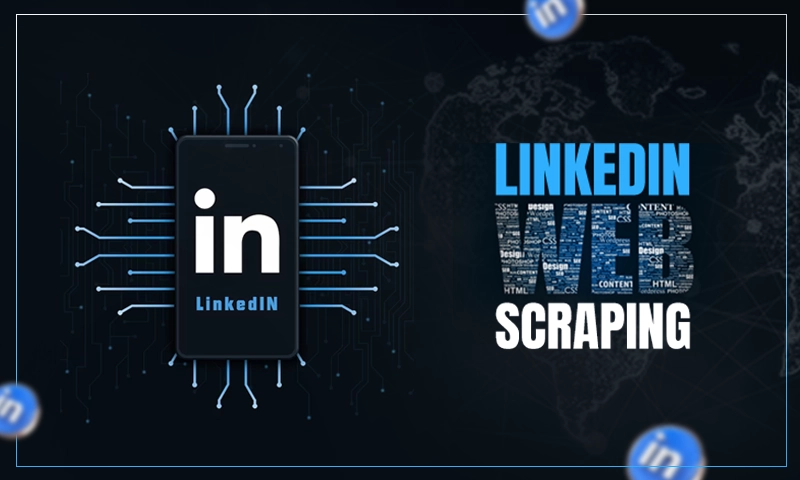Python is Evolving – Here’s How You Can Evolve With It
As of January 2022, Python has once again been listed as the world’s most popular programming language. Praised for its highly dynamic, flexible, and sophisticated nature, Python has received no short supply of attention as it continues to prove itself worthy of being used by some of the top programmers and projects in coding history. In this context, understanding why to choose Python development outsourcing can be a game-changer for businesses. Outsourcing not only gives you access to a vast pool of talented Python developers globally but also ensures your projects benefit from cost-efficiency, scalability, and the ability to swiftly adapt to market changes or new technologies.
Part of the beauty of Python (and indeed, all programming languages), lies in its constant pursuit of progress. The evolution of these complex languages never stops moving, eternally on the hunt for the next improvement or breakthrough. This particular penchant for progress has put Python in a strong position for kick-starting programming projects involving machine learning (ML), artificial intelligence (AI), and a number of other data-driven incentives. Estimates suggest it will be the tool of choice for next-generation robotics scientists.
Also Read: Best Frameworks For Data Science in Web Development
Explore Package Management And Python Virtual Environments
With the new updates that Python has released over the past year, coders can now better manage the requirements of their projects using pip (the Python Package Installer) and virtual environments. If you’ve worked on multiple Python projects at once, you will be familiar with the need to install individual packages for each one. This can be time consumptive and frustrating, but the rapidly evolving language has made a smart new adjustment. Fortunately, there is a new tool designed to make this management process easier: virtualenv.
Don’t make the mistake of thinking you can keep up with the latest version of Python 3.11 without this tool – it forms the basis of current Python development and will likely stick around for some time. If you don’t have access to the new virtualenv tool, don’t give in to panic. You can still effectively manage your packages with the employment of other recently developed tools such as Pipenv, PDM, Poetry, and Pyenv.
Embrace the New Python Syntax
A huge portion of Python’s evolution can be witnessed through its regular addition of exciting new tools. One of the tools which Python recently released is the new syntax of rules for development. This new syntax includes innovative syntactical constructions that generate more powerful, concise coding.
The new structural pattern matching syntax has perhaps been met with the most excitement since being released in version 3.10. It controls decision-making, pattern construction, and structural integrity. Structural pattern matching entails using the match/case statement to test an entity multiple times until a match is found, speeding up the pattern matching process and facilitating heightened accuracy.
Another syntax improvement making waves is the “walrus operator.” Dubbed so due to its digital appearance ( : = ), it introduces advanced assignment expressions, which function by adding value to the variable and then testing that variable in one swift step.
Positional-only parameters have also recently joined the party of new Python syntaxes. Only a minor adjustment from its state before version 3.8, positional-only parameters allow you more control over which parameters must be verified as positional ones, as opposed to keyword arguments.
Along with all of these syntax changes, knowing how to read file line by line in Python has become particularly advantageous, especially for new coders. Readlines can be used to read multiple lines in a single motion, before returning them to a single line as string elements on a list. This function can be used for small or large files.
Embracing the new changes to a programming language can be tough when you realize those changes will be adapted into something else by the time you’ve learned them. However, such is the nature of programming – and in particular, Python. Evolution is a part of the package.
Get Used to Regular Python Testing
Python testing is essentially coding language maintenance. Just like a car or a computer, there are regular check-ins that need to happen for the system to run smoothly. The modern Python codebases of today need frequent access to test suites that sweep through old code and clean out any bugs, miscalculations, or technological faux pas before the damage is done. Fortunately for coders in 2022, testing code is no longer the pilgrimage that it used to be.
The latest version of Python (3.10) has opted to discard the previous testing framework known as Unittest in favor of a much faster, more effective system. The Pytest system is now the testing framework of choice coders around the world, able to detect problems with finesse and precision.
Pytest is also more flexible than Unittest, allowing coders to jump in with tests at any step in the programming process, not just as a subset. Furthermore, it comes with specialized add-ons that inflate its functionality and make coding with Python as adventurous as it was designed to be.
Share















